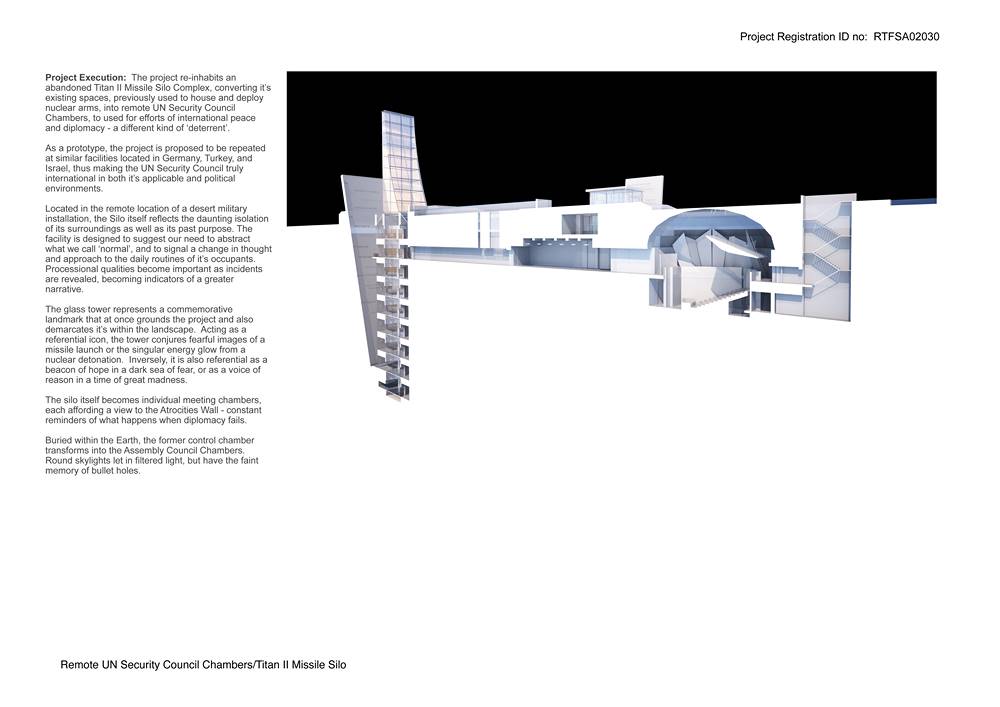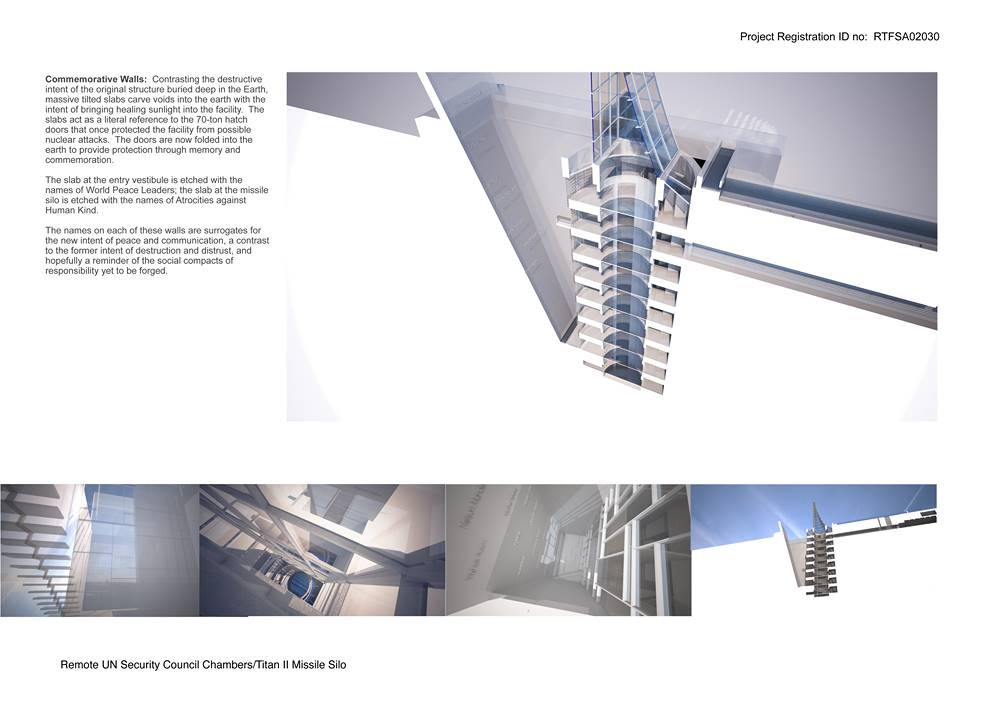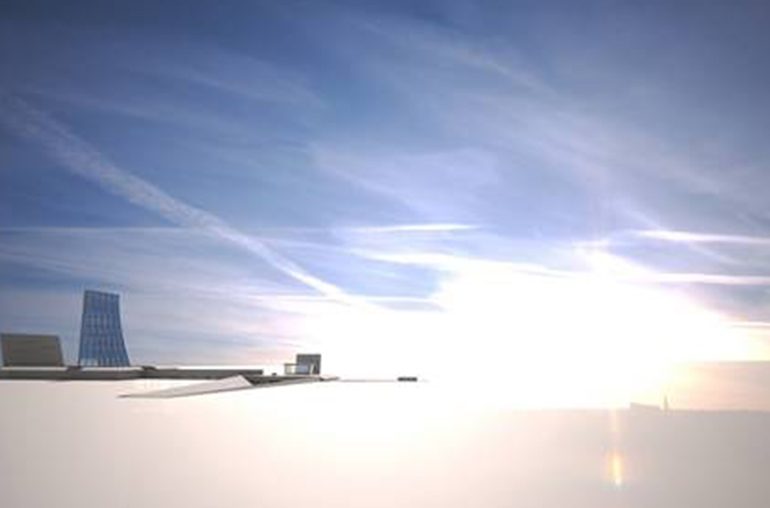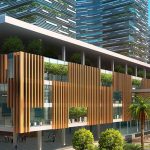Honorable Mention | Institutional Building (Concept)
Firm Name: Markharris Architect
Participant Name: Mark harris
Team Member: Mark harris, Brain elyo
Country : USA

Remote UN security council chambers/titan II missile silo davis-monthan AFB, 390th strategic missile wing, tucson, arizona, usa institutional building – concept (taken to SD)
Narrative: The project takes the global stance that architecture must be responsible at all levels. Therefore, the proposal for the re-inhabitation of the Titan II missile silo is, fundamentally, to maintain its role of being a “deterrent” to the possible catastrophe that a nuclear confrontation would bring if undertaken at any scale. However, in times such as these, it is diplomacy that seems to be the greatest weapon in our arsenal. If, as a superpower, our leaders are not involved in the diplomatic process necessary to solve regional conflicts before they escalate into international incidents, this nation’s status as such is surely endangered.

With similar, if not identical locations in five other countries, the proposed site of the missile silo could also provide the necessary neutrality for diplomatic actions to succeed. One of the problems with the siting of the current UN within the context of Manhattan is that it purports to be neutral ground; in reality, it seems that the U.S. holds undue influence there. As recent events have unfortunately proven, Manhattan also serves as a symbol of American “Manifest Destiny”, a policy which itself seems to exude American doctrine of undue influence and, as some would claim, passive/aggressive self-interest. In the middle of the countryside, where these silos were located, this perceptual impact would be lessened. Further, given that in the modern terrorist’s quest for publicity and sensationalism, negotiations like the ones that would take place in this renewed institution, could, and more than likely, would become much less coveted targets. Hence, the deterrent aspect would also contain a protective element. It would send a message that the world community had begun to come together and that the protection of each member was paramount. If the endeavor to achieve world peace is to be successful, every nation must have its voice, and the arena for this must be protected from all forms of extortion.

The Titan II Missile Silo Project is emblematic of architecture’s potential to symbolically charge and insert meaning into an inert, outdated facility through the potential of adaptive reuse. The proposal here is to symbolize that the lunacy of the Cold War and the lessons that were learned within this era can now serve as the foundation for an attempt to truly achieve a sense of applied reflection and informed honesty in diplomacy. Through it’s aggressive yet poetically-made point that architecture can convey meaning and modify behavior, it acknowledges that communication is the ultimate tool that can achieve this state and that it is only within this context that true understanding can exist. It is ironic that the remains of one of the greatest destructive weapons that Mankind has ever produced, a device that in its time achieve its rather short-sighted goals of national security, be renewed to serve as a place where events can occur allowing the achievement of this goal in a more rationally evident manner. Though the Titan II was a technologically sophisticated machine with a less than sophisticated goal, in its remnants a true acknowledgement of the potential of diplomacy could take place. Diplomacy is not as technologically advanced as the weapons of the Cold War, but it can none-the-less contain a greater potential for success. As in epochs past, the architectural endeavor can again show its possibilities to create places that clarify and aspire to achieve even the loftiest of our ideals.
Sustainable Results – tangible ‘best practices” qualities: Reuse: reuse of existing structure and infrastructure; Thermal resistance: use of high-performance glazing and skins, coupled with it’s high use of ‘buried’ thermal mass coefficients;
- High-efficiency Systems: extensive use of high-efficiency systems;
- Low-emission finishes: extensive use of low-emission finishes;

Sustainable Results – intangible qualities: Diplomacy: using architectural techniques of ‘coding’ and ‘(re)coding’ to promote diplomacy over, war – the art of civilization (an agreement to live reasonably) over the art of war (an outward expression of conflict); Cultural Repository: uses architectural (and artistic) technique of ‘duality’ to propose alternatives to current disruptive and consumptive human behaviors.
If you’ve missed participating in this award, don’t worry. RTF’s next series of Awards for Excellence in Architecture & Design – is open for Registration.
Click Here








